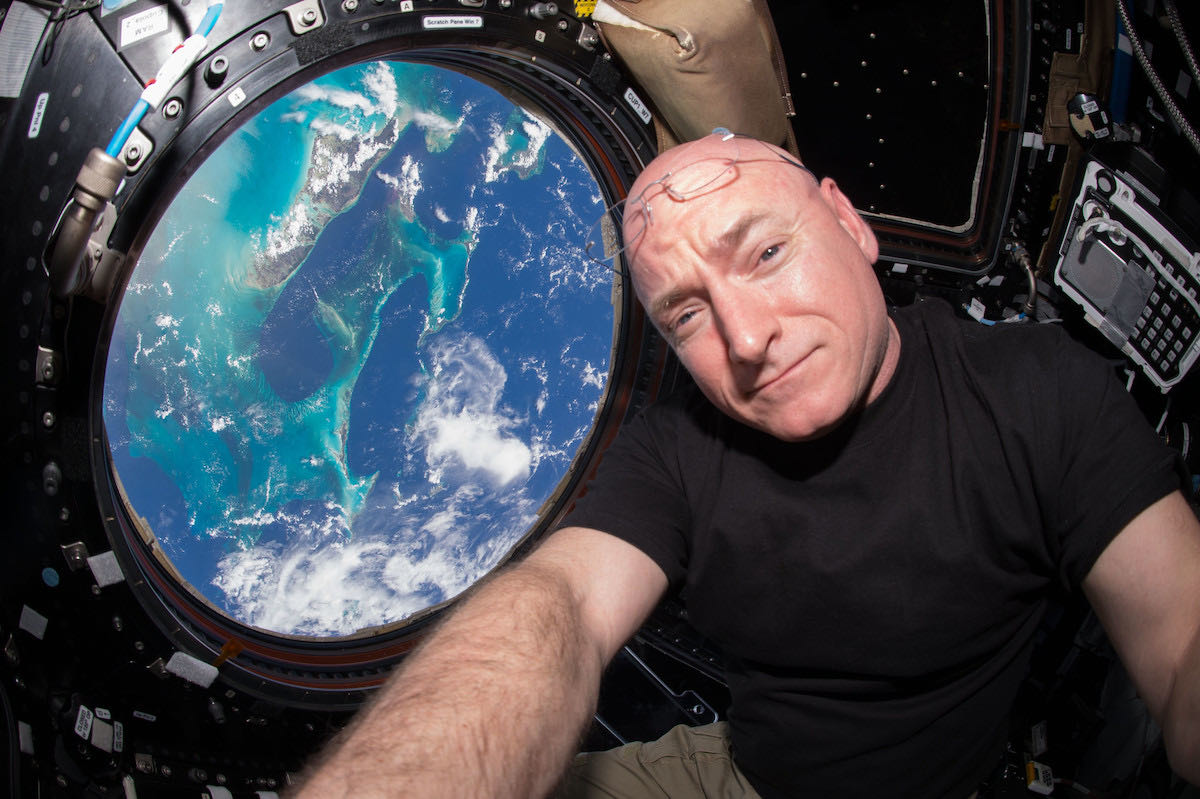by Sandra Erwin —

The WGS-11+ Wideband Global Satcom satellite developed by Boeing will transition to production
WASHINGTON — A new satellite developed by Boeing for the military’s Wideband Global Satcom constellation passed a critical design review and will transition to production, the Space Force said in a news release Feb. 1.
This is the 11th satellite of the WGS constellation, named WGS-11+, projected to be completed in 2024.
Lt. Col. David Edsen, WGS-11+ program manager at the U.S. Space Force’s Space Systems Command, said the completion of the design review “marks the beginning of the production phase and we are excited to see the plan come together.”
WGS satellites provide broadband communications to the U.S. military and allies. Boeing received a $605 million contract in April 2019 for the development and production of WGS-11+.
Boeing has been the WGS prime contractor since 2001. The first satellite was launched in 2007. The U.S. Air Force had planned to stop buying WGS satellites after the 10th was delivered but Congress in 2018 inserted $600 million into the defense budget for a new satellite.
The Space Force named the satellite WGS-11+ because it has more advanced features and anti-jam capabilities than the previous WGS versions.
John Kirk, chief of wideband plans at the Army Space and Missile Defense Command, said military users are “excited to see the enhanced capabilities of WGS-11, which enables more flexible operations and brings additional resiliency features.”
Note: This article have been indexed to our site. We do not claim legitimacy, ownership or copyright of any of the content above. To see the article at original source Click Here













